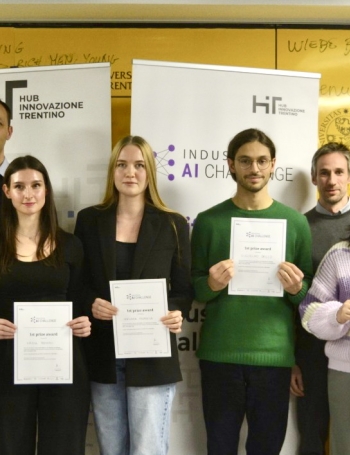Planning fallacy and team organization: how to remain concentrated with Pipedrive

Motivation demands to define an aim and if this one is unclear, it becomes really difficult to reach objectives.
In the last weeks, working from home has not always been easy. A team that once was working face-to-face in the office now is forced to work from home, often encountering some difficulties in scheduling all the goals the team wants to reach.
For this reason, having a goal becomes fundamental: splitting it into micro-objectives can help you reach intermediate goals, necessary for maintaining always motivated. These micro-objectives are a perfect way to track your targets, and assure you to keep reaching your goals. Each member of the team will be able to create one or more objectives to achieve and monitor the development.
Pipedrive gives you the possibility to track these achievements giving you a global view on your overall progress. In this way, you and your team members can concentrate exclusively on your opportunities and leads, autonomously managing the organization of these activities. Objectives can be assigned either to your entire agency, to one of your collaborators, and to single team members.
Moreover, the goal can refer to 3 phases inside the pipeline:
- ongoing opportunities
- won opportunities
- development of your opportunities
Planning fallacy bias
You've surely heard about this cognitive bias, elaborated by Daniel Kahneman and Amos Tversky in 1979.
This cognitive bias consists of a phenomenon where people undervalue the time necessary for finishing a task, even though they are aware of how similar activities done in the past required more time than estimated.
An important research developed by Lovallo and Kahneman (2003) demonstrated how managers often fall in this cognitive bias, causing them to rely their decisions on a fake optimism, instead of evaluating gains, losses and probabilities.
This inaccuracy in formulating these estimations can lead to important economic, personal, and social costs.
How can we avoid planning fallacy bias?
You can find some examples below:
- carefully evaluate every step you'll encounter in achieving your goal
- split your objective(s) into smaller tasks
- think about every component of the team, and assign them a period of time for completing the task
- visualize the plan from an observer's perspective
- create some implementation intentions: in this way, every member of the team will focus on the future and imagine when s/he will have the intention to work on a particular project.
Pipedrive will help you in planning your tasks, giving you a detailed analysis of the time and resources needed for the completion of your objective. In this way, you will have realistic plans, and, consequently, both you and your team will work in a more efficient and productive way.
This was the #2 article of a list of 5. Did you miss the first one? Read it here!
Do you want to know more?
Every company and every project is different and for this Thread Solutions helps you to customize and adapt the solution to your reality. Contact us to find out more.
Try Pipedrive CRM
Only by using the solution can you truly understand if it is right for you. Try Pipedrive CRM free for 14 days.
Other articles
Do you want to learn more? Here are two more articles on the subject that may be of interest to you.

